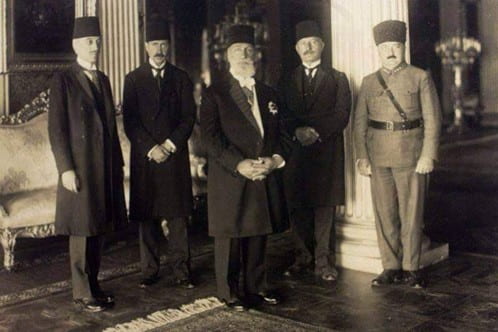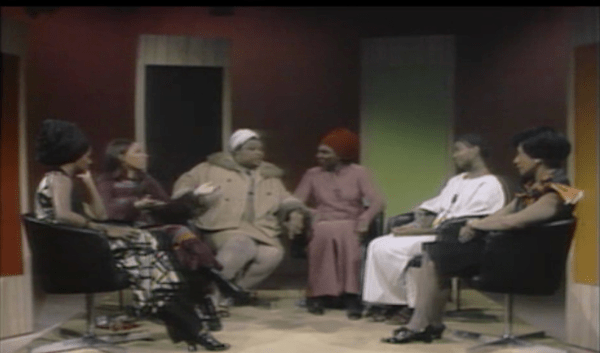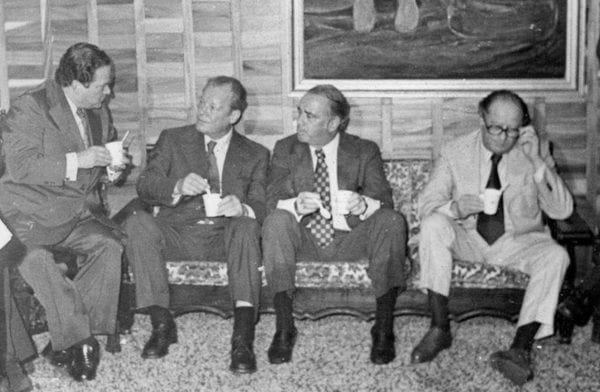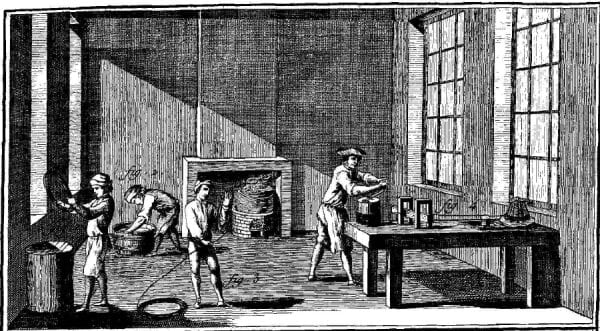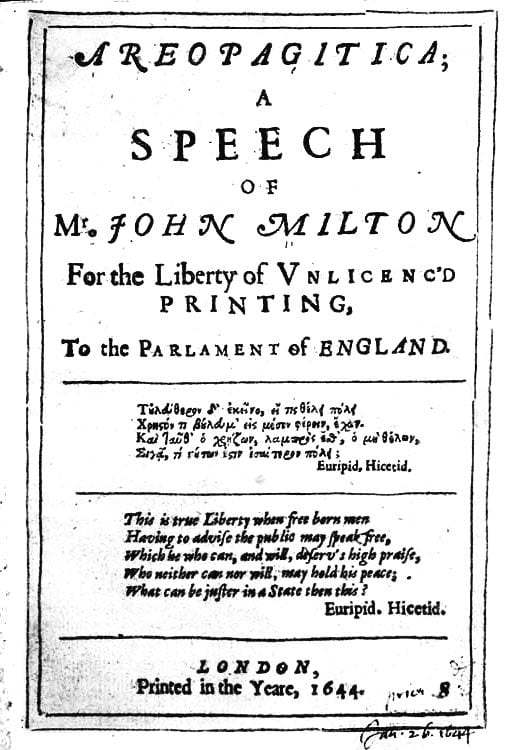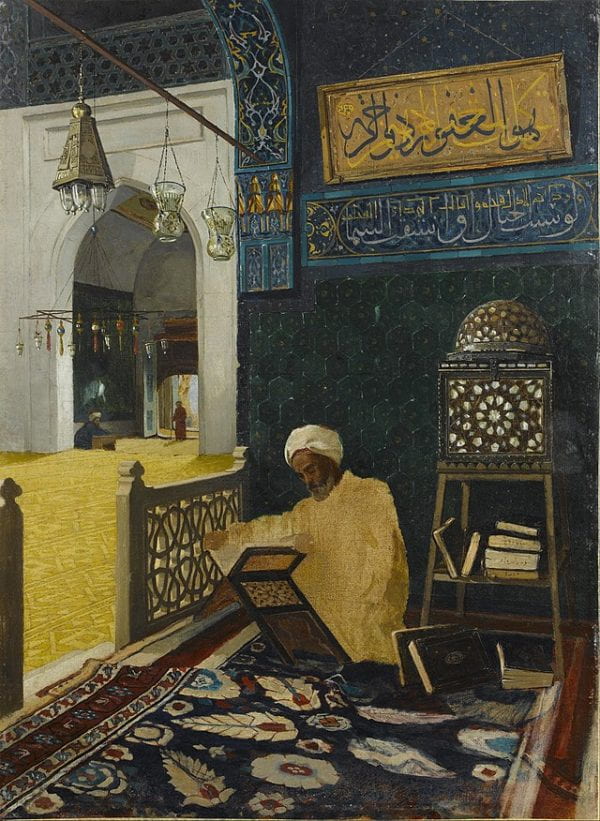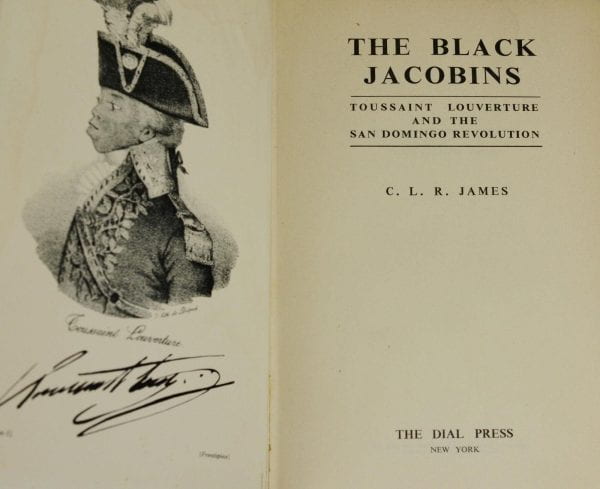Author
jhiblog
by Facundo Rocca; trans. Matias Xerxes Gonzalez Field
Alexander Collin interviews Benjamin Woodford about his recent JHI article, “The right we have to our owne bodies, goods, and liberties: The Freedom of the Ancient Constitution and Common Law in Milton’s Early Prose”

